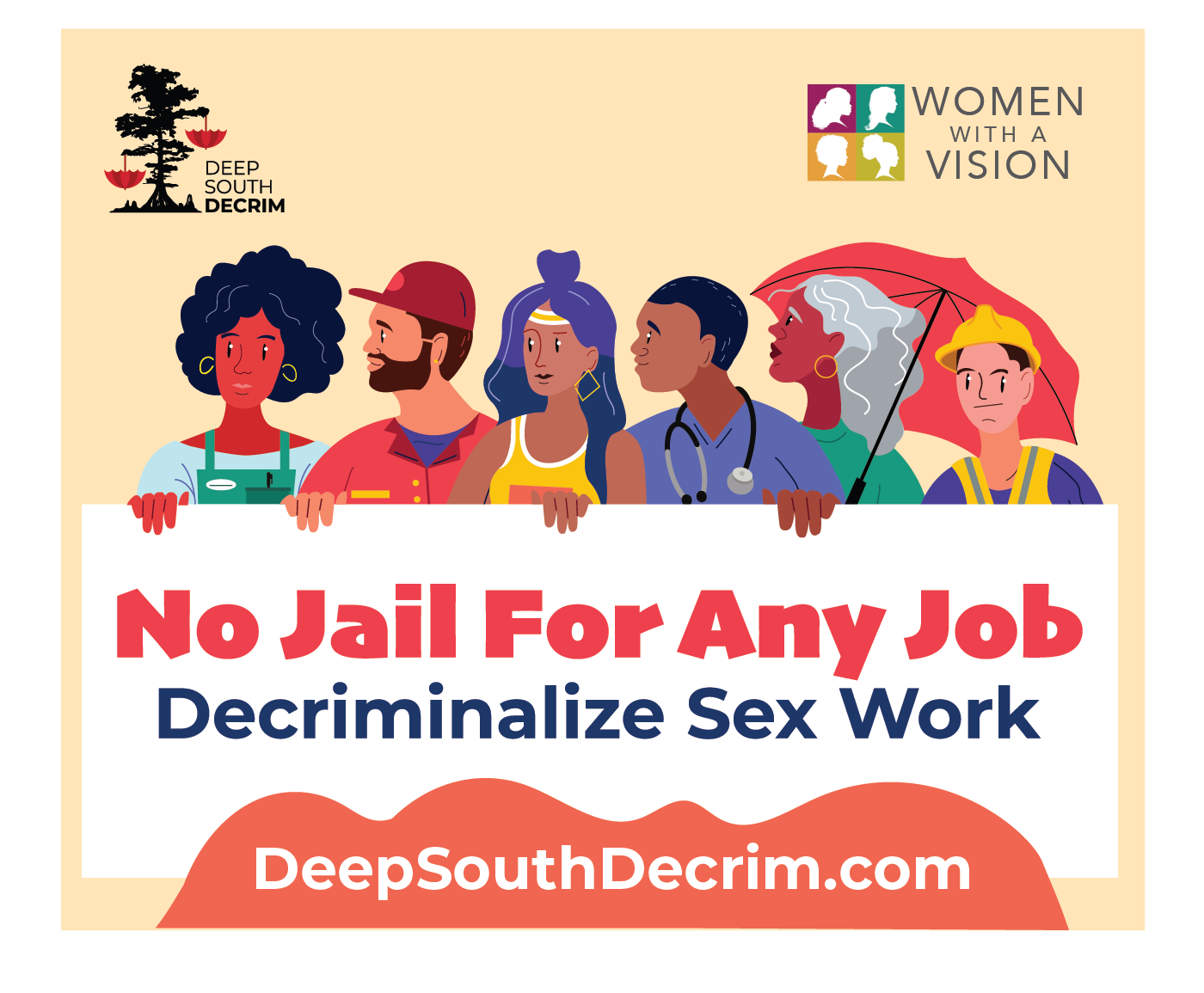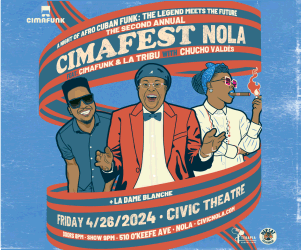What’s been happening: Jimmy Anselmo—once again—didn’t get the liquor license he needs to re-open Jimmy’s Club on Willow Street after a protracted battle with the city. Anselmo says he will continue to fight to do away with the moratorium on granting liquor licenses in his area through legal channels, and is hopeful he’ll be able to resolve the matter within 45 to 60 days.
OffBeat advocated for Jimmy’s reopening since the idea surfaced, but the wheels of bureaucracy forever turn very slowly. Anselmo is persistent and determined and has his legal ducks in a row. Stay tuned for more info as it develops. Keep up the good fight, Jimmy! Never say die.
Now if we could only bring back Donna’s. Got an email from a reader today in Pennsylvania who was looking for Donna and Charlie, and who was asking which place in town had sort of stepped into the breach that Donna’s left for hearing brass bands (he’s coming in for a visit next month).
At this point, no one exactly. There are certainly a lot of clubs that present brass bands, particularly on Frenchmen Street (I can hear a brass band right now at Vaso, right across the street from our office).
In cities, in urban areas, residents and business must exist side-by-side.
If you recall, Donna’s closed because Donna Poniatowski and her husband Charlie retired and closed the business. A new operator tried to reopen Donna’s (Eugene Oppman, who also owns and is renovating the historic Carver Theater on Orleans Avenue). However, the club wasn’t able to obtain permits for live entertainment, as the original license owners had ceased operating. There’s a limit on the amount of time that an alcoholic beverage and entertainment license are usable by a business purchaser. The original Donna’s was, in fact, only grandfathered in so it could present music. When Donna and Charlie closed it, and the club wasn’t in operation, the entertainment license basically withered and died. Under current laws, North Rampart Street is not zoned for live music presentation.
The same exact thing happened to the Funky Butt. It closed prior to Katrina, and when a new operator attempted to reopen the club as a music venue after the storm, it got nowhere.
It was sad to see both Donna’s and the Funky Butt go away. What was really sad is to know that their magic will never be able to be recaptured again in their original locations because of a few neighbors who don’t care for music and bars near their residences.
There are French Quarter residents who refuse to consider music on North Rampart Street. I’ve certainly ranted about this opposition before; it’s utterly ludicrous that a commercial street cannot be zoned for live music. And not just any commercial street: it’s the avenue that runs next to Armstrong Park and Congo Square. These opposers will go to any lengths to stop music on Rampart Street. So a new Donna’s on North Rampart is not going to happening any time soon, until the city’s leaders, and a trickle-down into permitting and zoning, realize that music is good for the area and it’s good for the city.
I’m very happy that the People United For Armstrong Park have developed and are implementing their weekly free Thursday concerts . Needless to say, there have been some (usual suspect) naysayers in the area who have said the music is too loud. But PUfAP has so far prevailed.
These same folk who oppose entertainment on Rampart have been fighting against the development of a restaurant (Habana Outpost) on a site at the corner of Esplanade Avenue and North Rampart, which has been vacant for decades. The neighbors don’t want the development (with reasons ranging from inappropriate use, change in use of an historic building, design concerns, etc.), and have fought vehemently to prevent the developer from building and opening the property. It appears that the developer, Sean Meenan, who has opened similar restaurants in New York and California, has made enough changes and has jumped through enough hoops that the development could actually happen, despite a threatened lawsuit against the project.
It’s time that we consider what we want New Orleans to become. Do we want it to never change, to remain the same forever? Do we want it never to welcome new ideas or businesses because we fear it may change into something we’re not familiar or comfortable with? As an entrepreneur, you adjust to change. You have to, or you die. I can use the same analogy for New Orleans: do we want to keep things so “the same” that we wither on the vine? We have young people who have moved to New Orleans because they really do love it. They love the city’s culture and heritage. They love the architecture and food and music. They want to retain New Orleans’ uniqueness. Should we tell them to take their ideas elsewhere because we can’t deal with their fresh ideas?
My vote is no. We should welcome planned, thought-through, intelligent changes to our neighborhoods with adequate and non-hysterical input from everyone, residents and businesses alike. An urban landscape by definition has to include both businesses and residents, side-by-side and cheek-by-jowl: residents, banks, bars, restaurants, galleries, entertainment, retail, recreation. They’re all together in a city. It’s what makes city living so attractive to some people. City folk have to be tolerant of their neighbors, both residents and businesses. Without one, we don’t have the other. When a residents’ and property owners’ association only represents the wishes of the residents in a neighborhood, the outcome is skewed. Ditto business.
My contention is that city’s have to contain both business and residences in very close proximity. If you don’t want all types of businesses in your neighborhood, then you surely should consider living in the suburbs, where commercial areas are separated from residences. That’s the nature of a suburb.
Live in the city, put up with its quirks and businesses that serve a broad local population. Or don’t. Just don’t force your suburban, non-malleable ideas down my throat and the throats of the many citizens of New Orleans who feel that change can–and should be—a positive thing within the context of living in a city.




